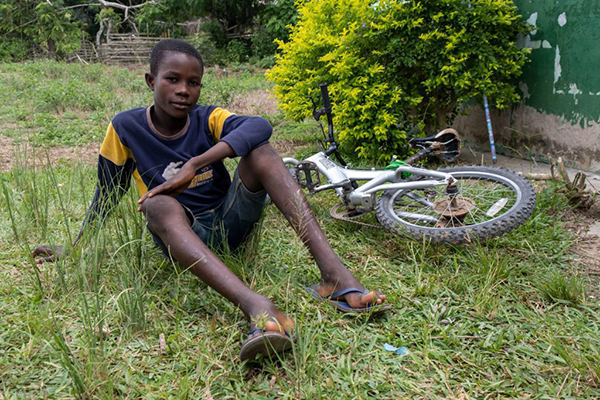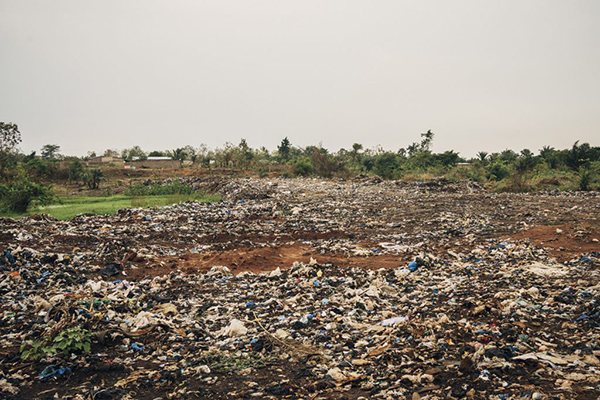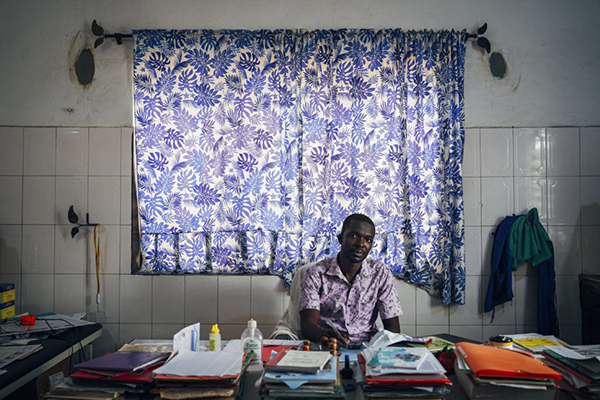Is it possible to eradicate Leprosy? Major progress has been made against leprosy, and the main goal for 2030 is to eradicate it entirely. Interrupting the spread, scaling up research and ending stigma and discrimination are paramount.
To speak of leprosy is to speak of impoverished communities where access to basic rights is limited. Far from the stigmatisation that has been attached to this neglected tropical disease (NTD) since time immemorial, the WHO and international organisations have teamed up to end the scourge caused by leprosy.
As part of the roadmap for NTDs 2021-2030, WHO designed the Global Leprosy (Hansen’s disease) Strategy 2021-2030, coined ‘Towards Zero Leprosy’, which sets out the main measures to be implemented to eliminate leprosy by 2030.
Zero leprosy: an ambitious strategy to eradicate the disease
In the words of WHO’s Regional Director for South-East Asia, Dr Poonam Khetrapal Singh, “the Strategy promotes innovative approaches such as the use of targeted active case detection and the potential introduction of a safe and effective vaccine and calls on countries to develop “zero-leprosy roadmaps” and provide chemoprophylaxis to all contacts of confirmed cases. Crucially, the Strategy redefines the burden of leprosy to not only include persons in need of physical treatment and socioeconomic rehabilitation, but also persons suffering from the mental health impact of leprosy”.
The new strategy focuses on interrupting transmission and achieving zero autochthonous cases. It also focuses on investing in leprosy research.
Global targets to eliminate leprosy by 2030
The WHO has established four main cornerstones for reaching the strategy’s targets:
- Implement integrated zero-leprosy roadmaps in all endemic countries.
- Scale up leprosy prevention together with integrated active case detection.
- Manage leprosy and its complications and prevent new disabilities.
- Combat stigma and ensure respect for human rights.
This is expected to achieve the following results by 2030:
- 120 countries reporting zero new autochthonous cases.
- 70% reduction in the number of newly detected cases per year.
- 90% reduction in the rate of new cases per million population with DG2.
- 90% reduction in the rate per million children of new paediatric cases with leprosy.
What are the major challenges to eliminating leprosy?
- Delayed detection. This may be due to lack of capacity to diagnose, lack of a point-of-care diagnostic test to detect infection, or because case-finding programmes are insufficient.
- Limited or diminished capacity and experience in treating and managing leprosy at all administrative and health levels in endemic countries. Most countries do not have routine surveillance systems put in place.
- There is often political apathy and lack of a comprehensive approach among government ministries.
- Stigma and discrimination are deeply entrenched in many communities, including in health settings.
- Significant gaps in research remain, and research is underfunded.
- There is limited access or difficulties in referral to essential care services for leprosy complications, including reaction management, reconstructive surgery, assistive devices, wound care and self-care training, physical and socio-economic rehabilitation, and counselling and psychological first aid services.
- Some laboratories in several leprosy-endemic countries are reporting resistance to antimicrobial treatments and adverse reactions to some drugs such as dapsone.
- Health emergencies such as epidemics, pandemics, conflicts and wars can overwhelm entire health systems and negatively affect leprosy services.
- Zoonotic transmission of Mycobacterium leprae by the nine-banded armadillo has been reported, although the risk is low and highly localised.






